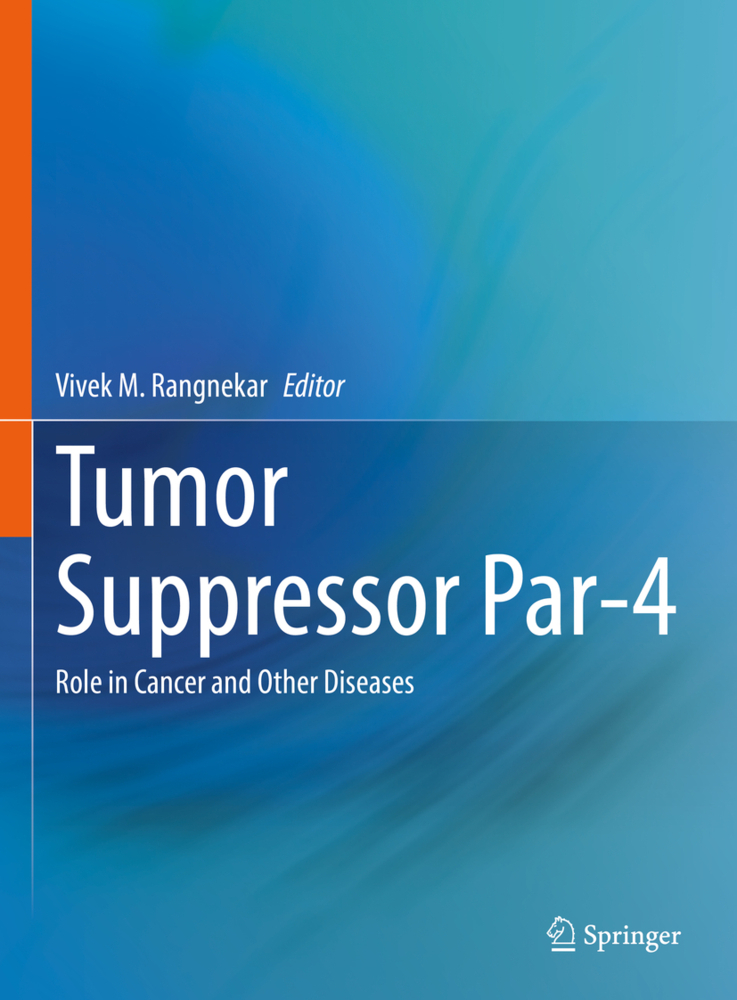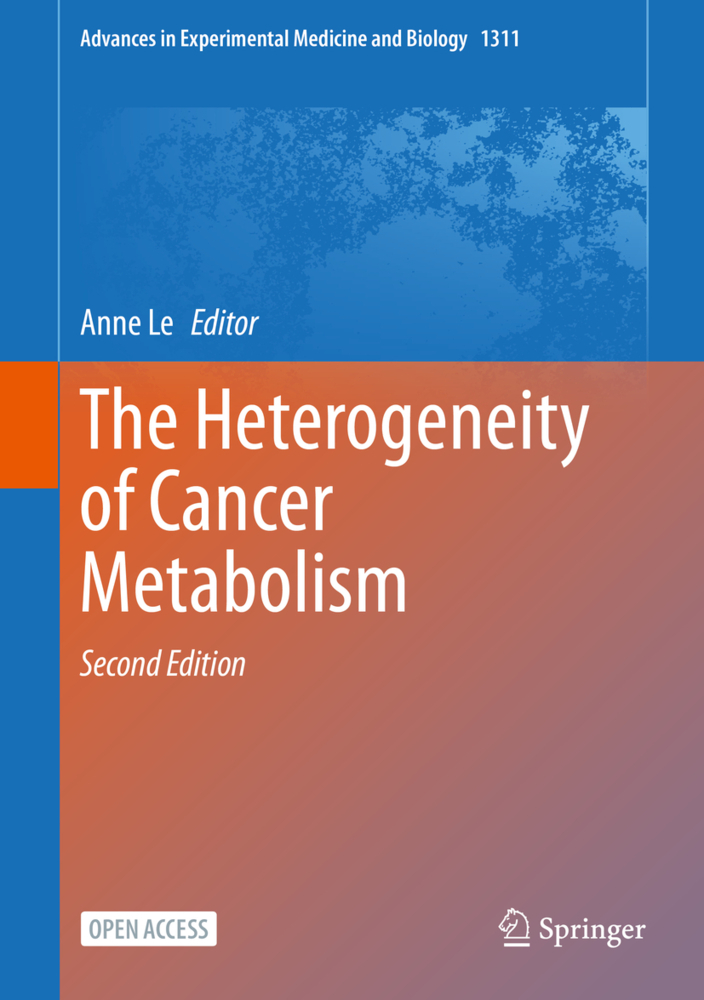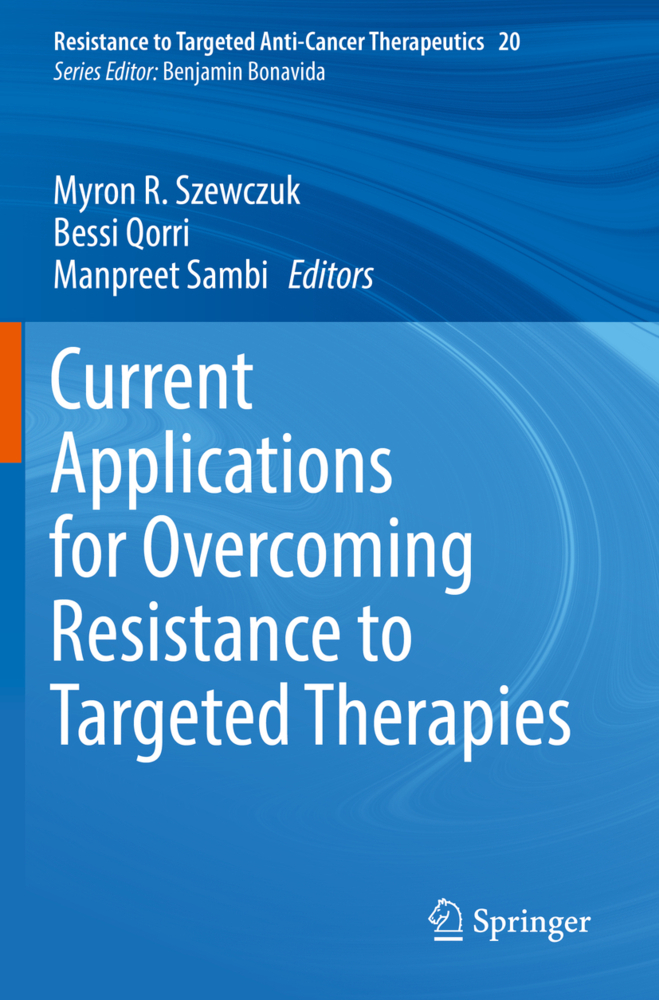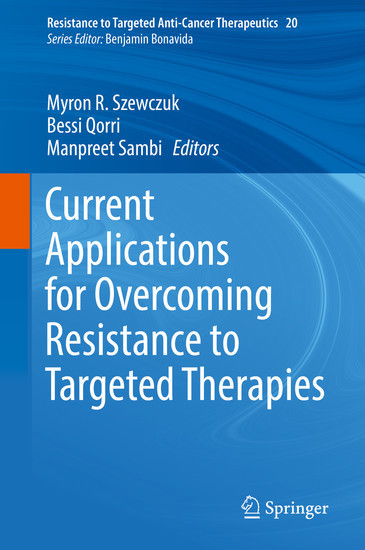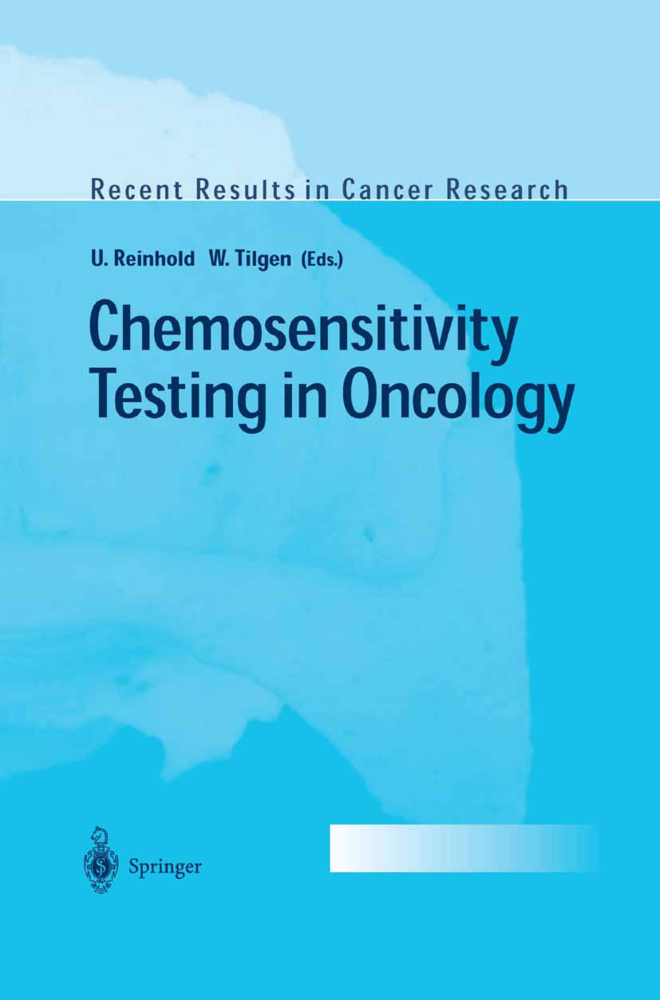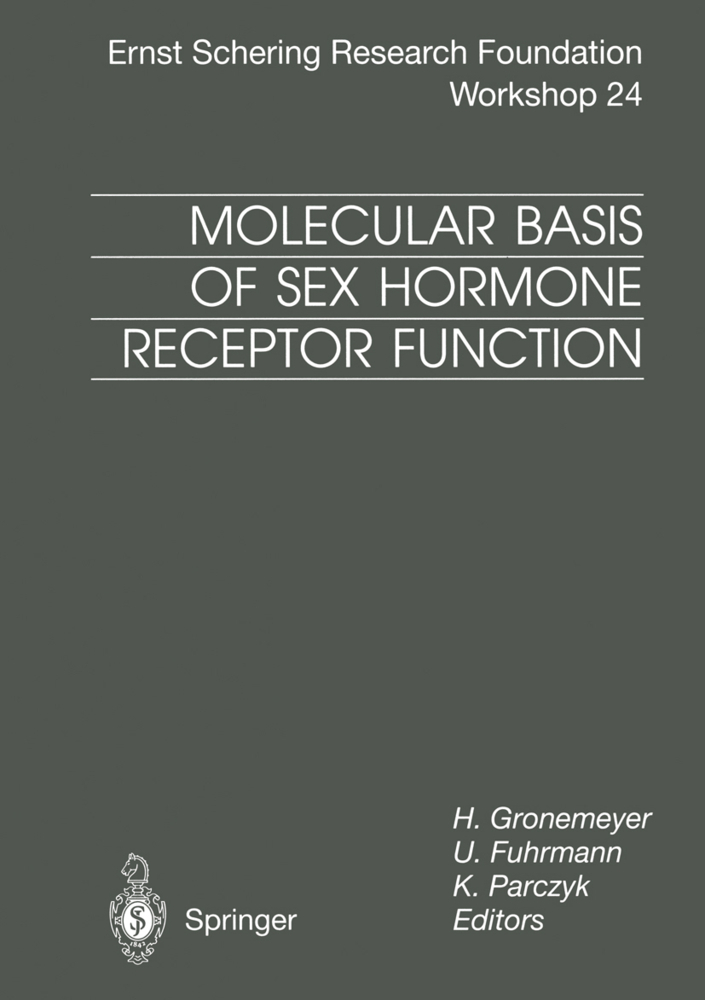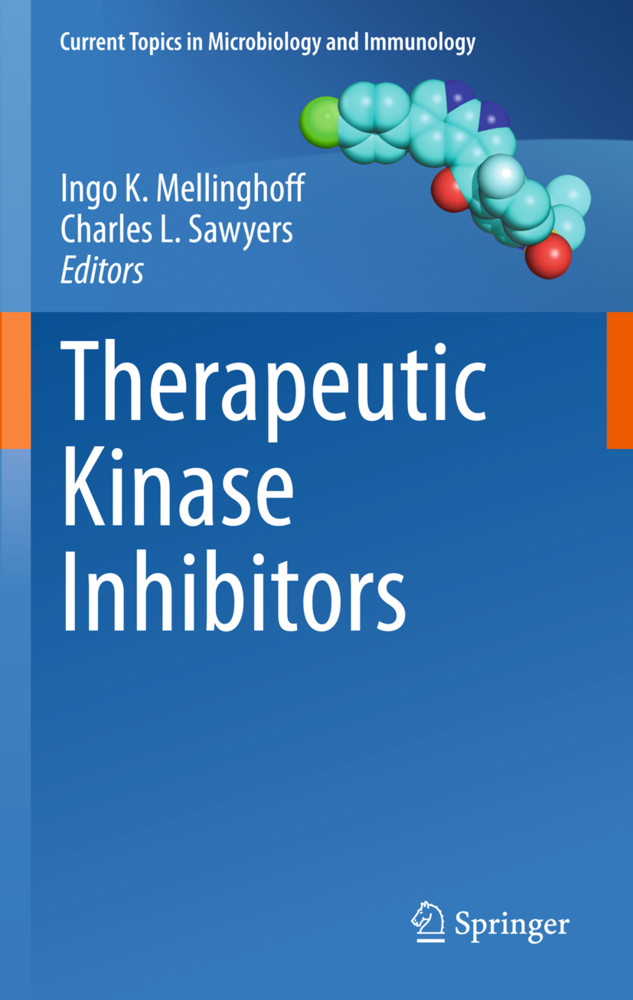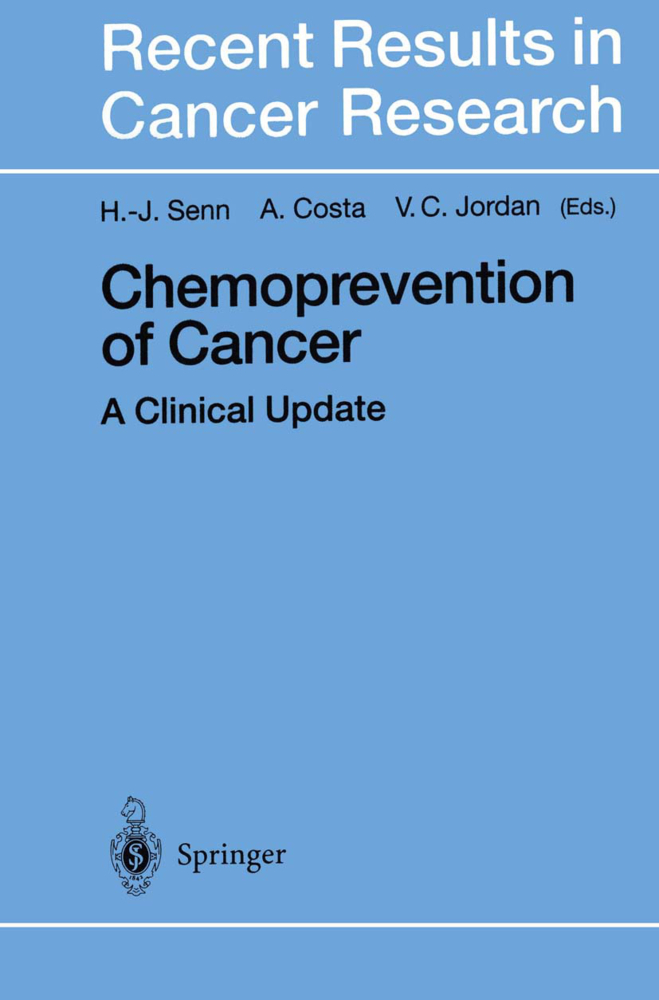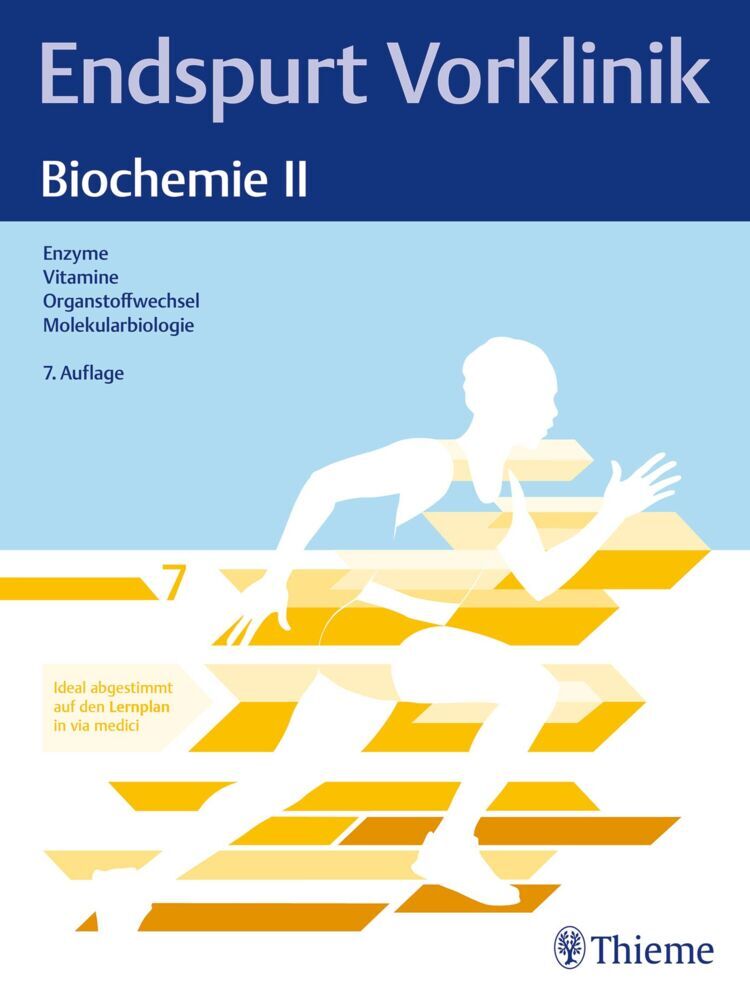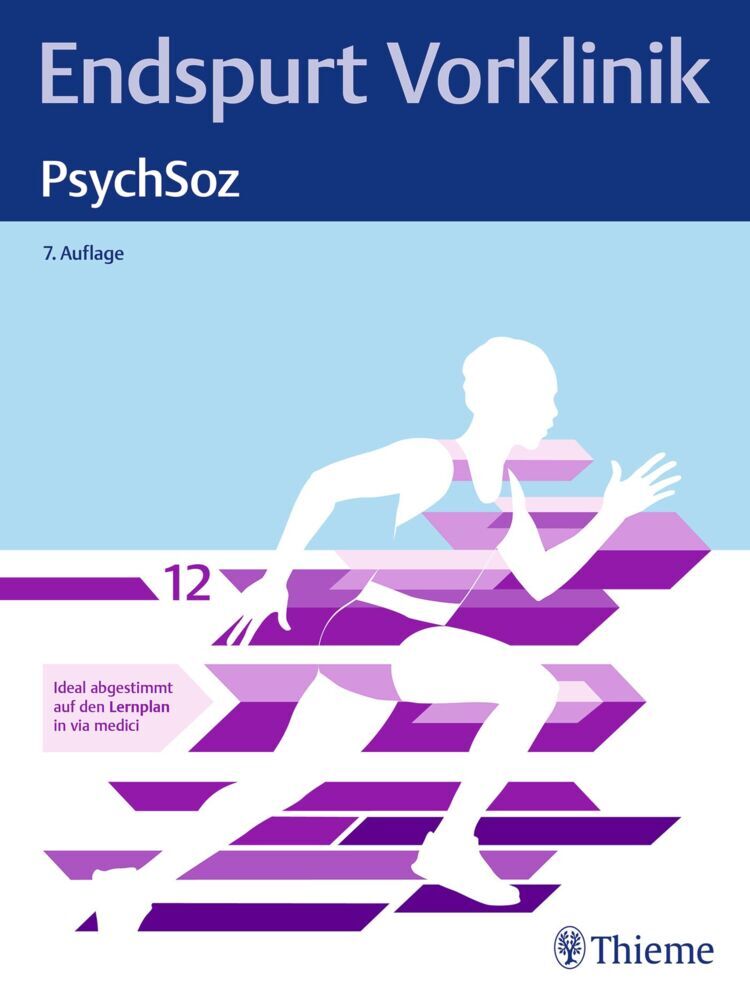Tumor Suppressor Par-4
Role in Cancer and Other Diseases
Par-4 is a naturally occurring tumor suppressor. Studies have indicated that overexpression of Par-4 selectively induces apoptosis in cancer cells while leaving normal, health, cells unaffected. Mechanisms contributing to this cancer-selective action of Par-4 have been associated with PKA activation of intracellular Par-4 in cancer cells or GRP78 expression primarily on the surface of cancer cells. On the other hand, endogenous Par-4 sensitizes cells to the action of a broad range of apoptotic inducers acting via the extrinsic and intrinsic pathways. A number of binding partners of Par-4 have been identified and shown to regulate Par-4 function in cancer and other diseases, such as Alzheimer's and major depression. Recent studies have recognized a number of natural products, dietary supplements, synthetic molecules and FDA-approved drugs that induce the secretion of Par-4 protein to cause apoptosis in primary or metastatic tumors, one of which is in clinical trials. More than 50 different laboratories worldwide are involved in Par-4 based research of this unique protein that has progressed from the bench to clinical trials.
Chapter 2. Prostate apoptosis response-4 in nasopharyngeal carcinoma
Chapter 3. Role of Par-4 in Chemoresistance and targeted therapies in ovarian and endometrial cancers
Chapter 4. Regulation of Par-4 and role in GI tumors
Chapter 5. Role of Par-4 in prostate cancer
Chapter 6. Activation of apoptosis by Par-4 in pancreatic cancer
Chapter 7. Role of Par-4 and GRP78 in Glioblastoma
Chapter 8. Role of Par-4 in breast cancer recurrence
Chapter 9. Involvement of Par-4 in breast cancer
Chapter 10. Role of endogenous Par-4 in CLL
Chapter 11. Role of Par-4 in inhibition of TCL1 induced growth
Chapter 12. Par-4/THAP in survival of T-cell acute lympoblastic leukemia cells
Chapter 13. Par-4 expression in cholangiocarcinoma
Chapter 14. Par-4 suppresses breast cancer growth and invasion of breast cancer cells
Chapter 15. PAWR as direct SRC-1/HOXC11 suppression target
Chapter 16. Par-4 cleavage is required for TNF induced apoptosis
Chapter 17. Par-4 secretagogues
Chapter 18. Recombinant production and characterization of SAC
Chapter 19. Anti-tumor effects of plant derived Par-4
Chapter 20. Par-4 in Mycobacterium tuberculosis Infected Macrophages
Part 2 - Role in other Diseases
Chapter 21. Role of Par-4 in ceramide inducible effects in neurons
Chapter 22. Role of Par-4 in Alzheimers disease
Chapter 23. Dopamine signaling in association with induction of Par-4 protein expression
Chapter 24. Par-4 (PAWR) in major depressive disorder
Chapter 25. Par-4 dependent apoptosis of islet beta cells in type 2 diabetes
Chapter 26. Par-4 in cardiac fibroblast senescence
Chapter 27. Par-4 in ocular development and disease
Chapter 28. Par-4 in apoptosis during human salivary gland development
Chapter 29. Suppression of Par-4 protects human renal proximal tubule cells from apoptosis
Chapter 30. Lessons from knockout mice
Part 3 - From Bench to Bedside
Chapter 31. Par-4 secretagogues in clinical trials
Chapter 32. Potential of Par-4 as a therapeutic target for cancer.
This second, companion volume will provide a comprehensive overview of Par-4's role in cancer and other diseases. Chapters are written by leading researchers, and will be useful for a broad audience across the scientific community, particularly students and trainees, who are the next generation of scientists and clinicians to participate in new studies and discoveries on Par-4.
Introduction. --Part 1
Chapter 1. Role of Par-4 in lung cancerChapter 2. Prostate apoptosis response-4 in nasopharyngeal carcinoma
Chapter 3. Role of Par-4 in Chemoresistance and targeted therapies in ovarian and endometrial cancers
Chapter 4. Regulation of Par-4 and role in GI tumors
Chapter 5. Role of Par-4 in prostate cancer
Chapter 6. Activation of apoptosis by Par-4 in pancreatic cancer
Chapter 7. Role of Par-4 and GRP78 in Glioblastoma
Chapter 8. Role of Par-4 in breast cancer recurrence
Chapter 9. Involvement of Par-4 in breast cancer
Chapter 10. Role of endogenous Par-4 in CLL
Chapter 11. Role of Par-4 in inhibition of TCL1 induced growth
Chapter 12. Par-4/THAP in survival of T-cell acute lympoblastic leukemia cells
Chapter 13. Par-4 expression in cholangiocarcinoma
Chapter 14. Par-4 suppresses breast cancer growth and invasion of breast cancer cells
Chapter 15. PAWR as direct SRC-1/HOXC11 suppression target
Chapter 16. Par-4 cleavage is required for TNF induced apoptosis
Chapter 17. Par-4 secretagogues
Chapter 18. Recombinant production and characterization of SAC
Chapter 19. Anti-tumor effects of plant derived Par-4
Chapter 20. Par-4 in Mycobacterium tuberculosis Infected Macrophages
Part 2 - Role in other Diseases
Chapter 21. Role of Par-4 in ceramide inducible effects in neurons
Chapter 22. Role of Par-4 in Alzheimers disease
Chapter 23. Dopamine signaling in association with induction of Par-4 protein expression
Chapter 24. Par-4 (PAWR) in major depressive disorder
Chapter 25. Par-4 dependent apoptosis of islet beta cells in type 2 diabetes
Chapter 26. Par-4 in cardiac fibroblast senescence
Chapter 27. Par-4 in ocular development and disease
Chapter 28. Par-4 in apoptosis during human salivary gland development
Chapter 29. Suppression of Par-4 protects human renal proximal tubule cells from apoptosis
Chapter 30. Lessons from knockout mice
Part 3 - From Bench to Bedside
Chapter 31. Par-4 secretagogues in clinical trials
Chapter 32. Potential of Par-4 as a therapeutic target for cancer.
Rangnekar, Vivek M.
| ISBN | 978-3-030-80557-9 |
|---|---|
| Artikelnummer | 9783030805579 |
| Medientyp | Buch |
| Auflage | 1st ed. 2021 |
| Copyrightjahr | 2021 |
| Verlag | Springer, Berlin |
| Umfang | X, 331 Seiten |
| Abbildungen | X, 331 p. 121 illus., 93 illus. in color. |
| Sprache | Englisch |

